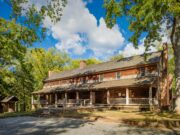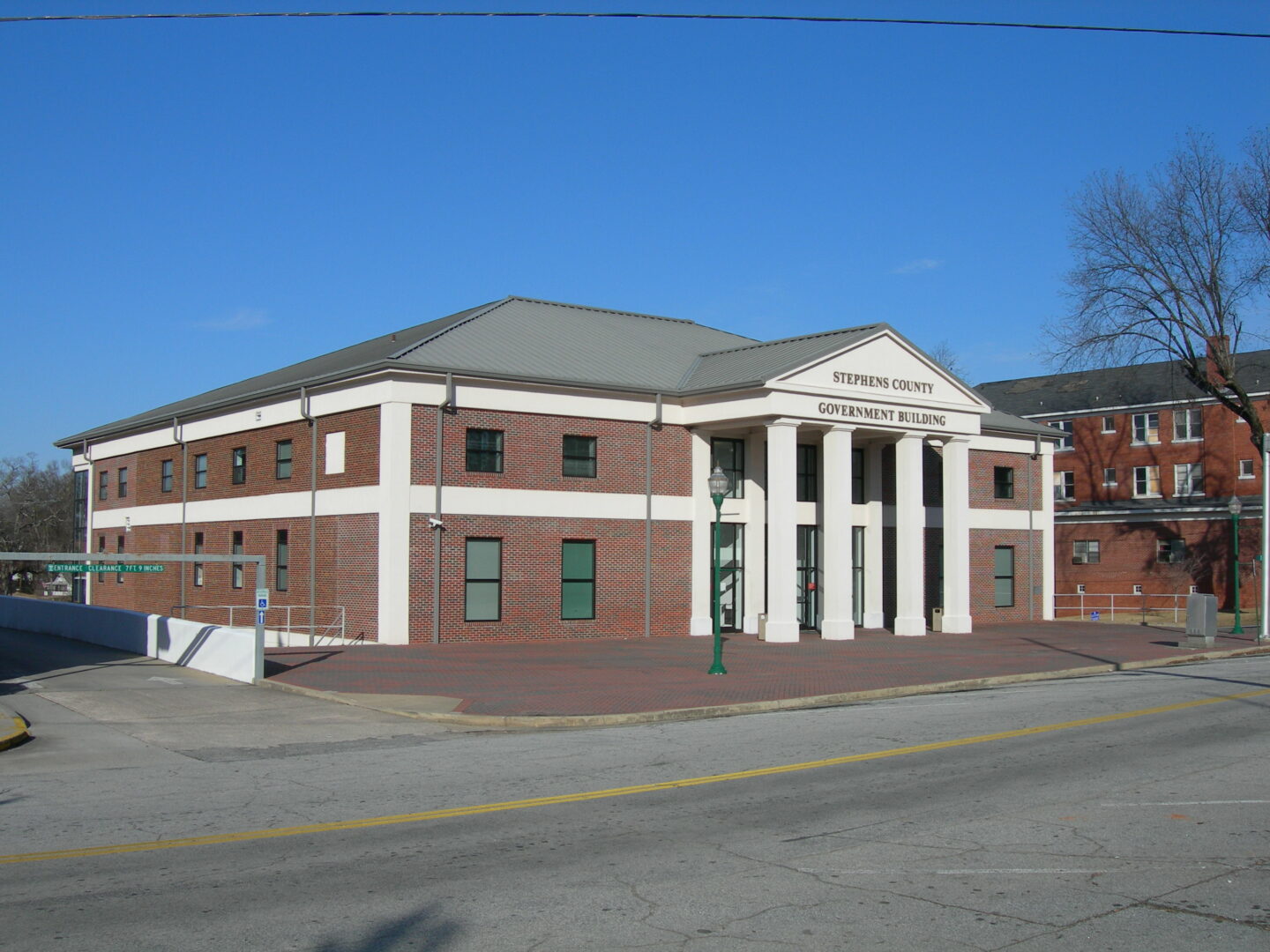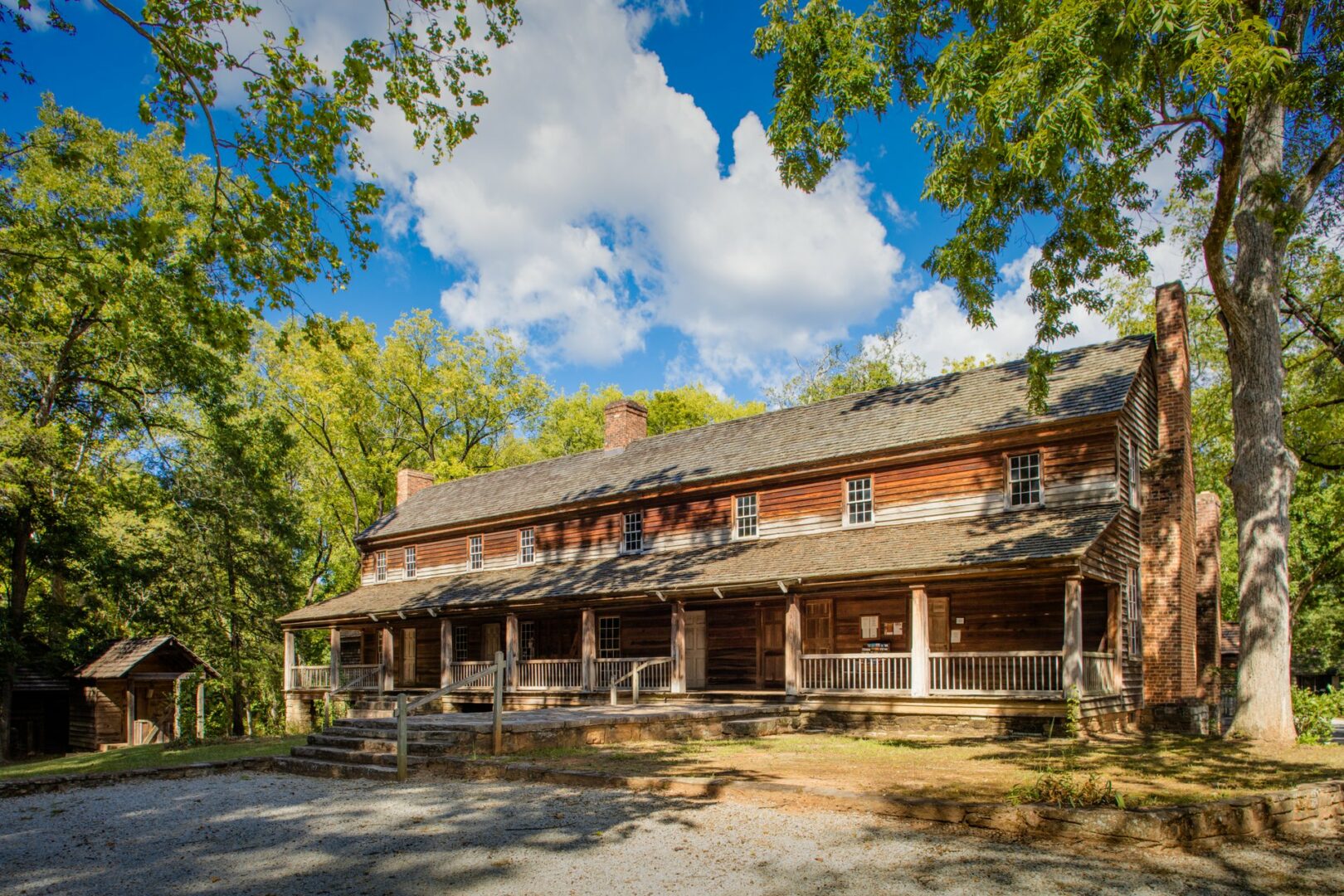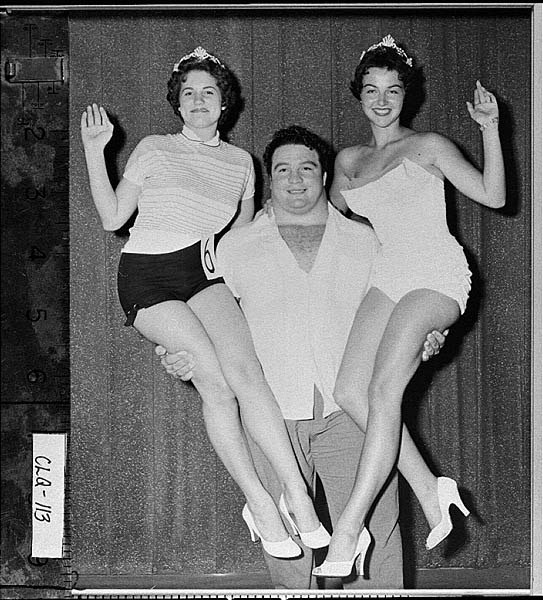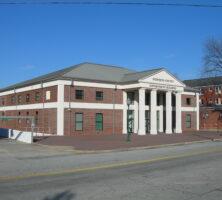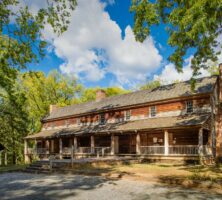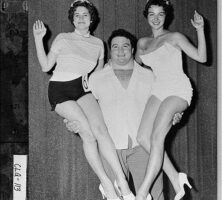Stephens County, located in the northeast Georgia foothills, is known for its scenic beauty. Places of interest include 900-foot-high Currahee Mountain, the last mountain in the Blue Ridge Mountain chain, and 186-foot-high Toccoa Falls.
Originally inhabited by Mississippian Indians known as “Mound Builders” and then by Cherokees, the first non-Indians in the area were Revolutionary War (1775-83) veterans who settled there just after that war. On August 18, 1905, the state legislature established the 179-square-mile Stephens County, Georgia’s 143rd, from parts of Franklin and Habersham counties. It is named for the statesman Alexander Stephens, who served in the state legislature and the U.S. Congress, as vice president of the Confederacy, and as the state’s governor in the two years preceding his death.
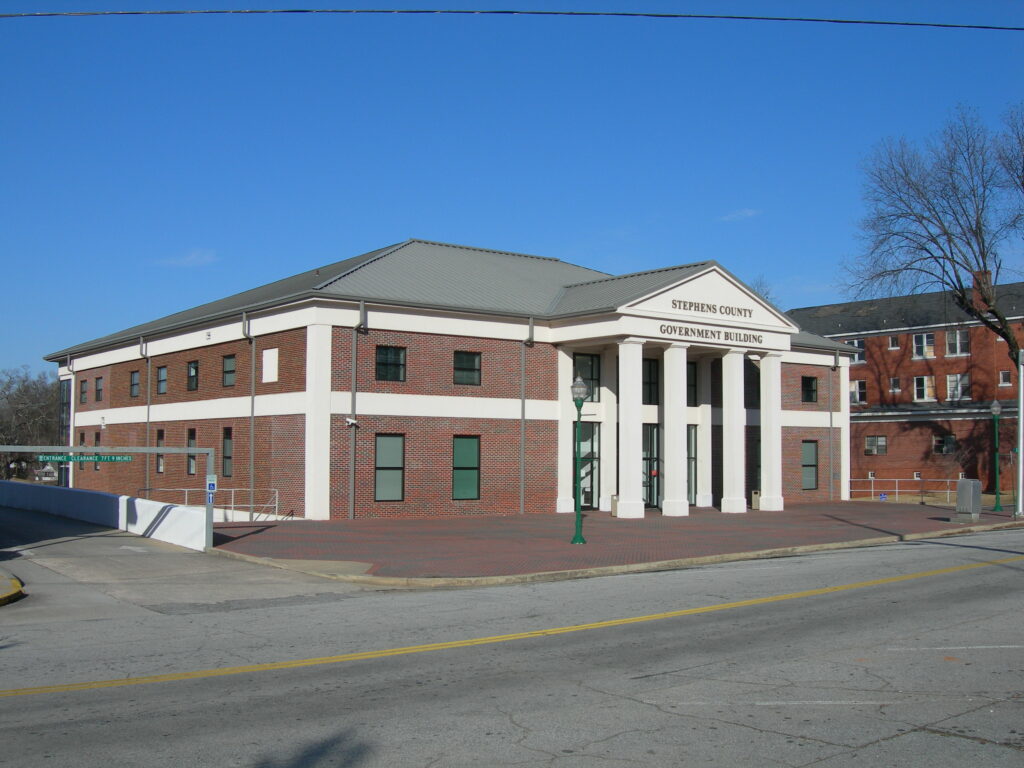
Only three communities in the county are incorporated: Avalon, Martin, and Toccoa, the county seat. The name for the city of Toccoa, which is located ninety miles north of Atlanta, comes from the Cherokee word for “beautiful” or “where the Catawbas lived.” It was laid out in 1873 around an area formerly known as “Dry Pond” (for a pool there that was dry nearly year-round). In its early days after the Civil War (1861-65), it was the site of a coaling station for the Georgia Air Line Railroad. Toccoa’s position on the railroad between Atlanta and Charlotte, North Carolina, and later to points further east, as well as its proximity to waterpower, were key factors in its rapid growth. Incorporated in 1897, Toccoa became known as the “Furniture, Thread, and Steel City” for the industries that grew up there. It has received several honors, including the Georgia Chamber of Commerce “Stay and See Georgia” award in 1974, designation as a “Georgia Certified City,” and selection as an “All-Georgia” community in 1987. The original courthouse, built in 1908, was placed on the National Register of Historic Places in 1980 and restored in 2008. The current courthouse was built in 2000.
Avalon (named for the Arthurian island of paradise) was founded in 1882 by Richard Dempsey Yow and incorporated in 1909. Yow and two brothers started a successful mercantile business there. Although it was at one time a self-contained village with a railway station, post office, school, and church, Avalon’s tiny population now shares these functions with those dwelling in nearby towns.
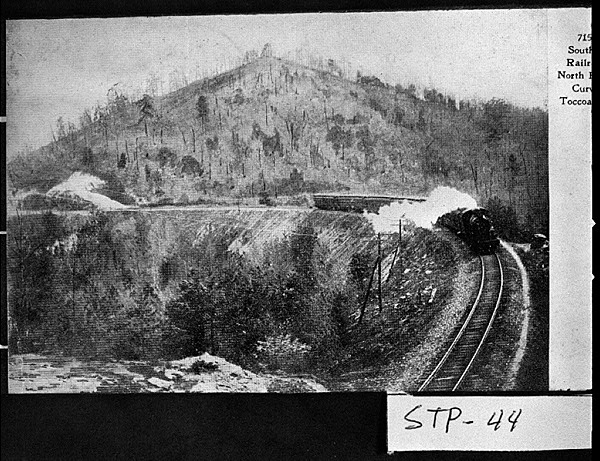
Martin was incorporated in 1891. Its first settler, Henry C. Black, was the Air Line Railroad agent at its station (set up in 1877) at the junction of Red Hollow Road and the railroad. Henry Black built houses and established stores around the junction, which attracted other settlers. The Red Hollow Road was an important conduit for farm products from the mountain areas to Augusta and Savannah. The town was named for John Martin, a Rhode Island man who became governor of Georgia in 1782.
Stephens County is home to two institutions of higher learning, Toccoa Falls College and the Currahee Campus of North Georgia Technical College.
Along with natural beauty, the county is known for its historic sites and opportunities for outdoor recreation. Traveler’s Rest, a two-story building constructed before 1825 near Lake Hartwell, was used as a tavern, trading post, post office, and inn in the mid-1800s. Today the Georgia Historical Commission owns Traveler’s Rest and operates it as a historic site. Both Lake Hartwell and Yonah Lake were built on the Tugaloo River to produce hydroelectric power in the mid-twentieth century. Lake Hartwell is surrounded by eighty public park sites, including Tugaloo State Park, that offer fishing, boating, hiking, and other outdoor pursuits.
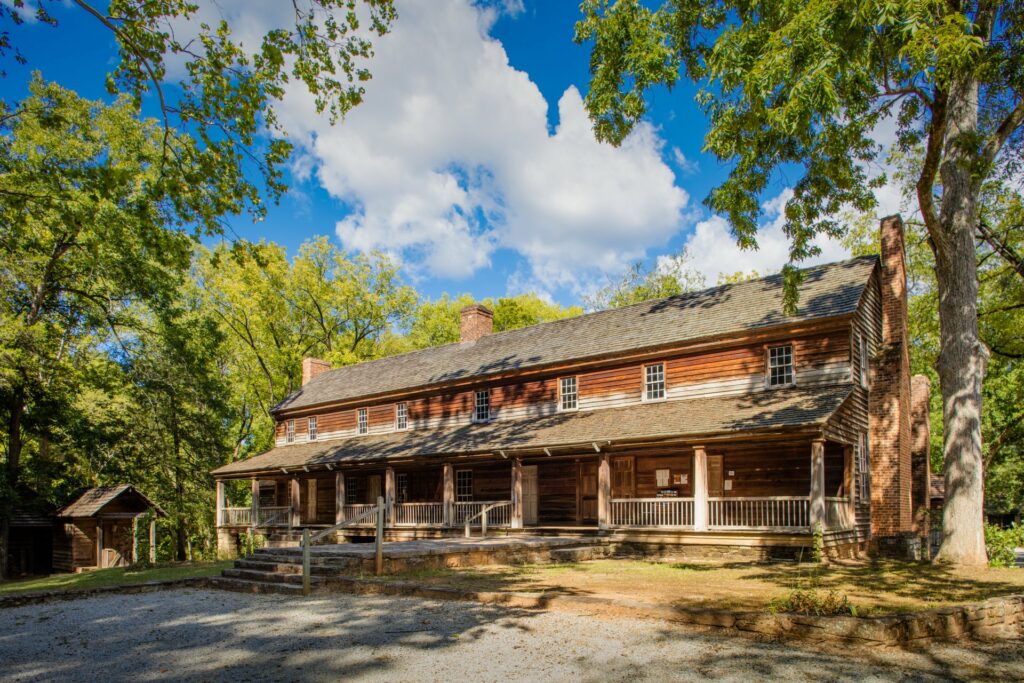
According to the 2020 U.S. census, the county population was 26,784. Notable residents of Stephens County include Paul Anderson, an Olympic gold medalist in weight lifting.


